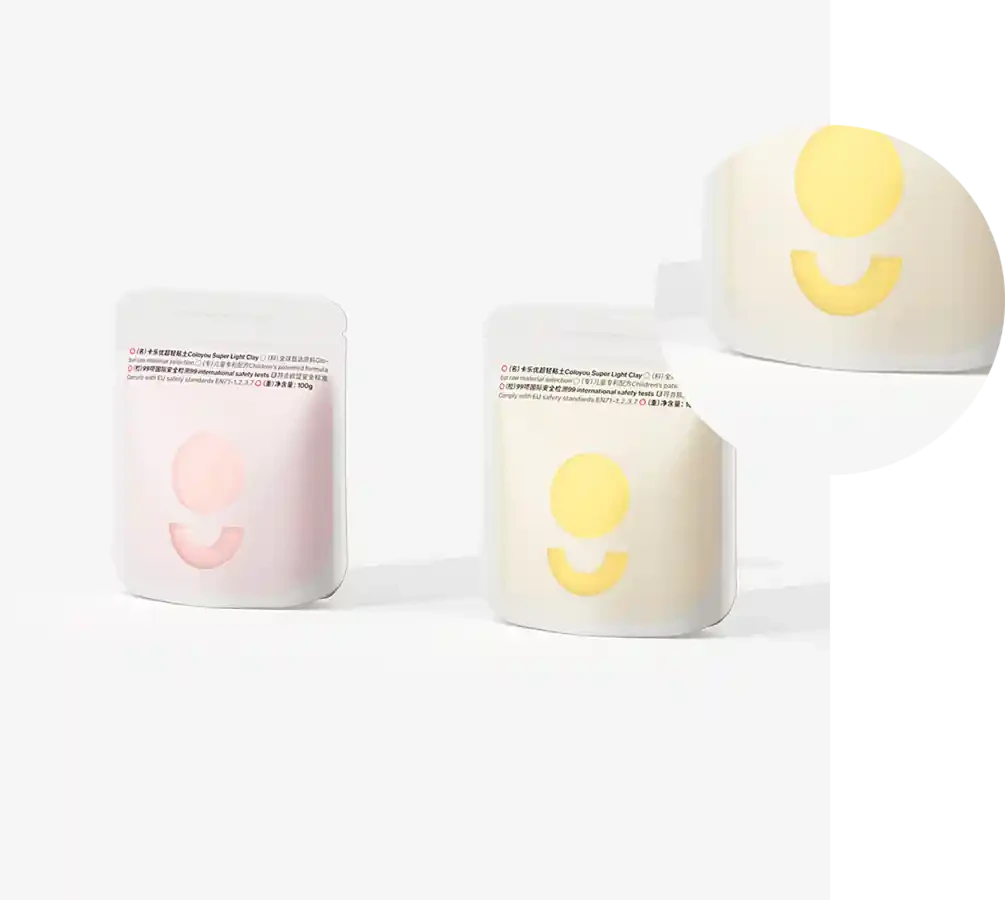- Afrikaans
- Albanian
- Amharic
- Arabic
- Armenian
- Azerbaijani
- Basque
- Belarusian
- Bengali
- Bosnian
- Bulgarian
- Catalan
- Cebuano
- chinese_simplified
- chinese_traditional
- Corsican
- Croatian
- Czech
- Danish
- Dutch
- English
- Esperanto
- Estonian
- Finnish
- French
- Frisian
- Galician
- Georgian
- German
- Greek
- Gujarati
- haitian_creole
- hausa
- hawaiian
- Hebrew
- Hindi
- Miao
- Hungarian
- Icelandic
- igbo
- Indonesian
- irish
- Italian
- Japanese
- Javanese
- Kannada
- kazakh
- Khmer
- Rwandese
- Korean
- Kurdish
- Kyrgyz
- Lao
- Latin
- Latvian
- Lithuanian
- Luxembourgish
- Macedonian
- Malgashi
- Malay
- Malayalam
- Maltese
- Maori
- Marathi
- Mongolian
- Myanmar
- Nepali
- Norwegian
- Norwegian
- Occitan
- Pashto
- Persian
- Polish
- Portuguese
- Punjabi
- Romanian
- Russian
- Samoan
- scottish-gaelic
- Serbian
- Sesotho
- Shona
- Sindhi
- Sinhala
- Slovak
- Slovenian
- Somali
- Spanish
- Sundanese
- Swahili
- Swedish
- Tagalog
- Tajik
- Tamil
- Tatar
- Telugu
- Thai
- Turkish
- Turkmen
- Ukrainian
- Urdu
- Uighur
- Uzbek
- Vietnamese
- Welsh
- Bantu
- Yiddish
- Yoruba
- Zulu
Best Practices for Safe and Sustainable Food Packaging Solutions
The Importance of Food Safe Packaging Ensuring Consumer Health and Safety
In an era where health-consciousness and environmental awareness are at the forefront of consumer considerations, food safe packaging has become increasingly crucial. The primary role of food packaging is to protect food from contamination, spoilage, and environmental factors while ensuring it is safe for consumer consumption. As we delve deeper into the realm of food safe packaging, we uncover its significance, the materials used, and the regulations that govern its safety.
Understanding Food Safe Packaging
Food safe packaging refers to materials specifically designed to protect food products from external factors while maintaining their quality and safety. This packaging should be non-toxic, inert, and resistant to degradation, minimizing the risk of harmful chemicals leaching into the food. Additionally, it should effectively ensure the integrity of the food by providing barriers against moisture, light, and microorganisms.
One of the primary concerns surrounding food packaging is the potential for chemical migration, where substances from the packaging material may transfer to the food. For instance, bisphenol A (BPA), commonly found in some plastics, has raised health concerns due to its link to endocrine disruption. Thus, manufacturers are increasingly opting for packaging materials that are BPA-free and made from safer alternatives.
Types of Food Safe Packaging Materials
A variety of materials are utilized in producing food safe packaging, each with distinct properties that serve specific food types. The most common materials include
1. Plastics Used extensively due to their lightweight nature and versatility. Polyethylene (PE), polypropylene (PP), and polystyrene (PS) are commonly used plastics. Importantly, food-grade plastics are regulated and tested for safety to reduce the risk of chemical leaching.
2. Glass Known for its inert properties, glass is a popular choice for packaging foods and beverages. It does not interact with the contents, ensuring the flavor and quality remain unchanged. Additionally, glass is recyclable, making it an eco-friendly option.
3. Metals Aluminum and tin-coated steel are often used for canned goods. These materials also provide an excellent barrier to light and air, prolonging food shelf life. However, they need to be lined to prevent the metallic taste from seeping into food.
food safe packaging

4. Paper and Cardboard Used for dry products and takeout food containers, paper products are typically compostable or recyclable. Nevertheless, they must be treated with food-safe coatings to protect against moisture and fats.
5. Biodegradable Materials As sustainability becomes a priority, many companies are exploring biodegradable and compostable materials made from renewable resources. These materials aim to reduce the environmental impact of food packaging.
Regulatory Framework
Food safe packaging is governed by stringent regulations to ensure the safety and health of consumers. In the United States, the Food and Drug Administration (FDA) oversees food contact materials, establishing guidelines ensuring that packaging does not pose any risk to health. Similarly, the European Union has set regulations that dictate the types of materials used and the testing protocols to guarantee safe food contact.
These regulations require manufacturers to disclose the chemicals used in their packaging and assess their potential impact on human health. Compliance with such regulations not only safeguards public health but also builds consumer trust in food products.
The Future of Food Safe Packaging
As technology advances, the future of food safe packaging is evolving to meet the demands of modern consumers. Innovations like intelligent packaging, which can monitor the freshness of food, and active packaging, which extends shelf life by interacting with the environment, are becoming more prevalent.
Moreover, the emphasis on sustainability is driving the industry toward developing greener packaging solutions. Companies are increasingly adopting practices that reduce plastic waste, such as utilizing recyclable materials, minimizing packaging, and promoting reusable containers.
Conclusion
Food safe packaging plays a pivotal role in safeguarding consumer health and preserving food quality. As consumers become more aware of the implications of their choices, the demand for safe, sustainable packaging is only expected to grow. By prioritizing the use of non-toxic materials and adhering to regulatory standards, manufacturers can ensure that food packaging is not only effective but also responsible, contributing to a healthier planet and population. The journey towards food safe packaging is a collective effort that requires collaboration between manufacturers, regulators, and consumers to create a safe and sustainable food environment.













